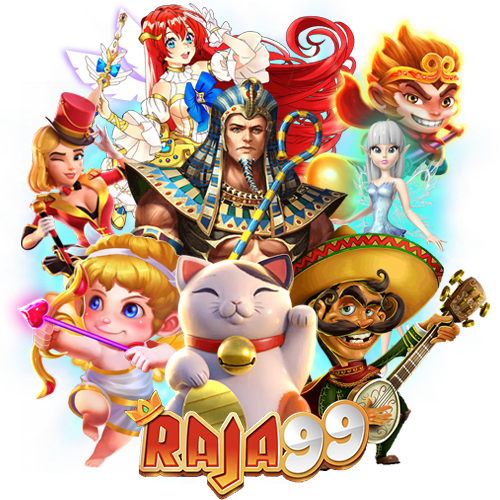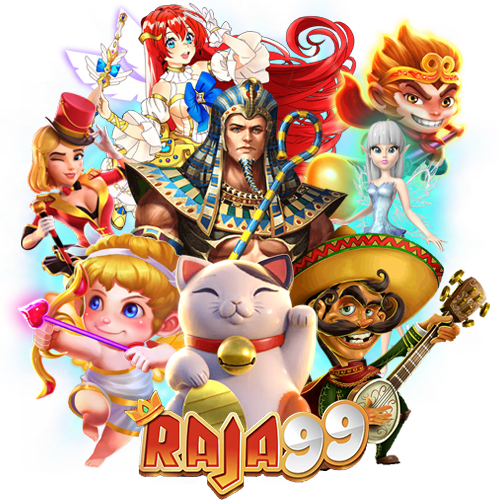RAJA99, sebagai destinasi utama bagi para pencinta judi slot Triofus, membawa pengalaman tak terlupakan dengan persembahan istimewa, Triofus Pragmatic Play. Dalam artikel ini, kita akan menyelami keunikan Triofus, mengulas judi slot online, dan merinci mengapa RAJA99 diakui sebagai situs terpercaya untuk menjelajahi keberuntungan di ujung gulungan.
Keistimewaan Judi Slot Triofus: Membawa Permainan ke Level Berikutnya
Judi slot Triofus di RAJA99 bukan sekadar permainan biasa. Dengan desain yang menawan dan fitur-fitur inovatif, Triofus mempersembahkan pengalaman bermain yang tak terlupakan. Temukan keistimewaan yang membuatnya unggul di antara slot online lainnya.
Slot Online Triofus: Sensasi Bermain yang Luar Biasa
Dengan kategori judi slot online Triofus yang beragam, RAJA99 dan Triofus Pragmatic Play menawarkan sensasi bermain yang luar biasa. Temukan berbagai tema menarik dan kesempatan besar untuk meraih kemenangan di setiap putaran gulungan.
Judi Slot Gacor Triofus: Keberuntungan Berlipat di RAJA99
Bagi para pencari kemenangan besar, RAJA99 dengan judi slot gacor Triofus Pragmatic Play menjadi pilihan utama. Peluang kemenangan berlipat meningkatkan ketegangan setiap putaran dan membawa sensasi menang yang menggairahkan.
Judi Triofus di RAJA99: Aman, Nyaman, dan Adil
RAJA99 memastikan bahwa setiap pemain dapat menikmati judi Triofus dengan aman, nyaman, dan adil. Dengan sistem keamanan terkini dan layanan pelanggan yang responsif, pemain dapat fokus pada keseruan permainan tanpa kekhawatiran.
TrioFus Slot: Menjelajahi Ragam Game Pragmatic Play
Triofus Pragmatic Play membawa pemainnya ke dalam dunia trio keberuntungan. Dengan ragam game yang mencakup berbagai tema dan fitur menarik, pemain dapat menjelajahi setiap aspek keberuntungan dengan TrioFus Slot di RAJA99.
Pragmatic Play Triofus: Kualitas Game yang Tak Tertandingi
Pragmatic Play Triofus, sebagai penyedia game di balik Triofus, dikenal dengan kualitas game yang tak tertandingi. Fitur-fitur inovatif, grafis yang memukau, dan peluang kemenangan yang tinggi membuat setiap putaran menjadi pengalaman yang menghibur.
RAJA99 sebagai situs judi slot online terpercaya memberikan penghargaan pada keberuntungan dengan kehadiran Triofus Pragmatic Play. Judi slot Triofus tidak hanya menghibur, tetapi juga membawa peluang kemenangan besar. Segera kunjungi RAJA99 dan temukan keberuntungan Anda di ujung gulungan bersama Triofus Pragmatic Play yang terpercaya!



